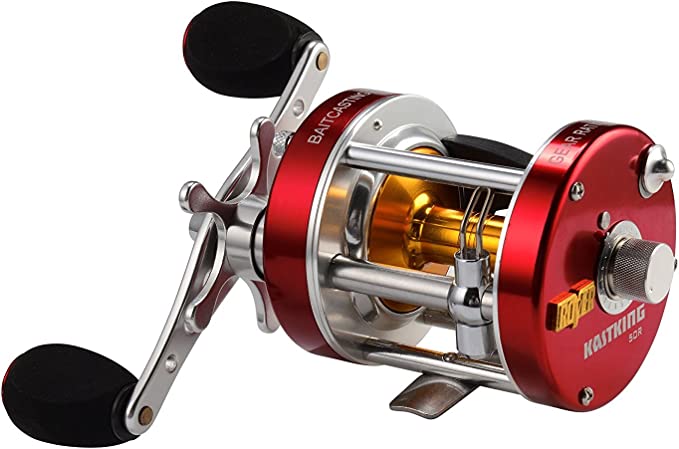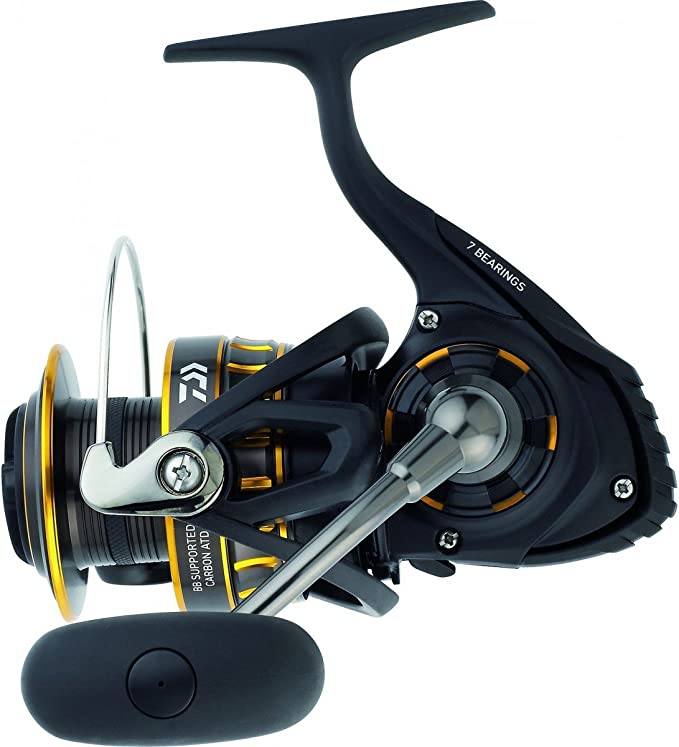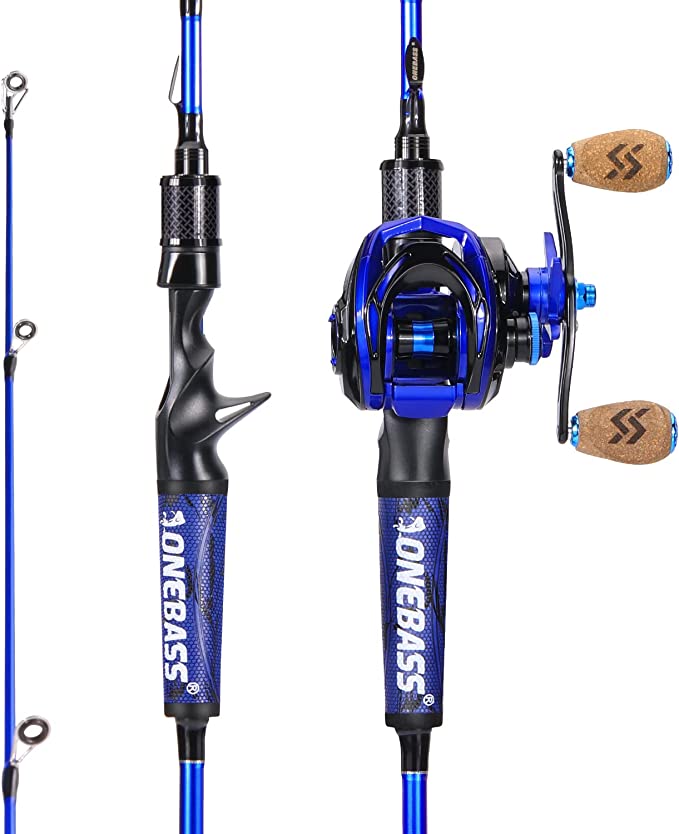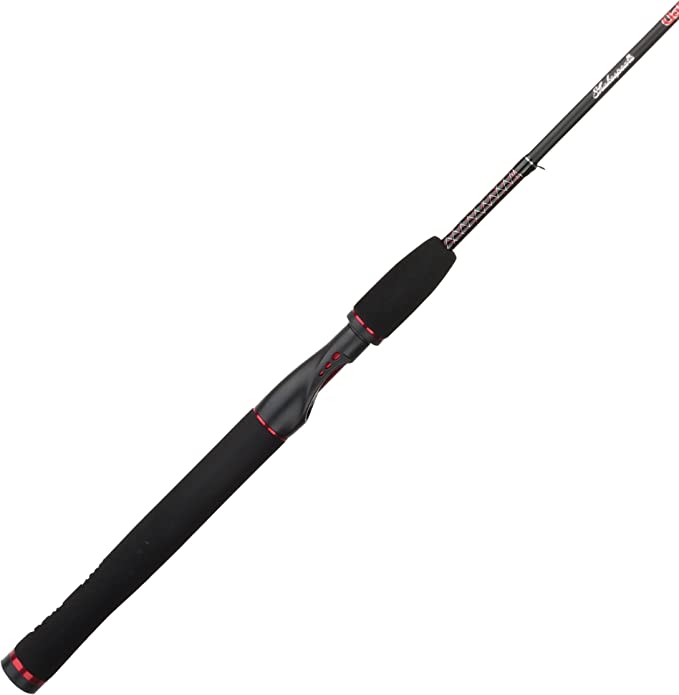Why the ITEHIL HW-150B is the Ultimate Portable RO Water Filter for Camping (And Why Hikers Should Avoid It)
Update on Dec. 9, 2025, 1:53 p.m.
In the world of outdoor gear, “lightweight” is usually the golden rule. But when it comes to water safety, sometimes you need heavy artillery. If you are looking for a straw to toss in your daypack, stop reading now. The ITEHIL HW-150B is not for you.
But if you are an Overlander, a Vanlifer, or setting up a rugged basecamp, this 13.3-pound machine might be the most critical piece of infrastructure you pack. Unlike standard filters that simply strain out bacteria, this is a Portable RO (Reverse Osmosis) Water Filter for camping—a miniature water treatment plant powered by a massive LiFePO4 battery.

The “RO” Difference: Why Weight Matters
Most camping filters (like the popular squeeze pouches) rely on hollow fiber membranes with a pore size of 0.1 or 0.2 microns. This is excellent for removing Protozoa (like Giardia) and Bacteria (like E. coli). However, they function purely as a sieve. They generally cannot remove: * Viruses (too small) * Heavy Metals (lead, mercury) * Chemical Runoff (pesticides, herbicides) * Dissolved Solids (salty/brackish taste)
The ITEHIL HW-150B uses a Reverse Osmosis (RO) membrane with a pore size of 0.0001 microns. This is tight enough to strip water of virtually everything except H2O molecules.
For the Overland camper drawing water from a questionable agricultural pond or a stagnant cistern, standard filters leave you vulnerable to chemical poisoning or viral infection. The ITEHIL offers a level of security that mechanical filters simply cannot match. As one user noted, it turned cloudy, smelly cistern water into “clean great tasting water”—something a simple carbon filter often struggles to achieve fully.
The Power Station Inside: LiFePO4 Battery
Running an RO system requires high pressure, and pressure requires power. The HW-150B houses a 12,000mAh LiFePO4 battery.
Why LiFePO4? Unlike standard Lithium-Ion batteries found in phones, Lithium Iron Phosphate batteries are:
1. Safer: Much lower risk of thermal runaway (fire), which is crucial when storing gear in a hot vehicle.
2. Longer Lasting: They endure more charge cycles (often 2000+) before degrading.
The manufacturer claims it can purify about 7 gallons (27 Liters) on a single charge. Real-world users report getting around 5-7 gallons per hour before needing a recharge. This makes it ideal for filling a 5-gallon jerry can or an RV’s freshwater tank once a day.

Use Case: The Boondocker’s Best Friend
This device shines in scenarios where you have a vehicle to carry the weight but lack a reliable water hookup. * RV Tank Filling: RV water tanks often develop a “plastic” taste or get funky sitting in the sun. Running your stored water through the ITEHIL before drinking ensures bottled-quality taste. * Rainwater Harvesting: As user mario discovered, this unit is perfect for processing collected rainwater, which can often collect bird droppings or roof debris that simple filters might miss. * Emergency Prep: If the municipal water grid fails (due to storms or contamination events), having a battery-powered RO system means you can safely drink from a swimming pool or a local creek without fear of chemical contaminants.
The Verdict
The ITEHIL HW-150B is a niche tool. It is too heavy for hiking and too expensive for casual weekenders. However, for those living off-grid or traveling through areas with dubious water quality, it fills a massive gap. It brings laboratory-grade purification to the campsite, ensuring that no matter how sketchy the source, your cup is filled with nothing but pure, safe water.






















